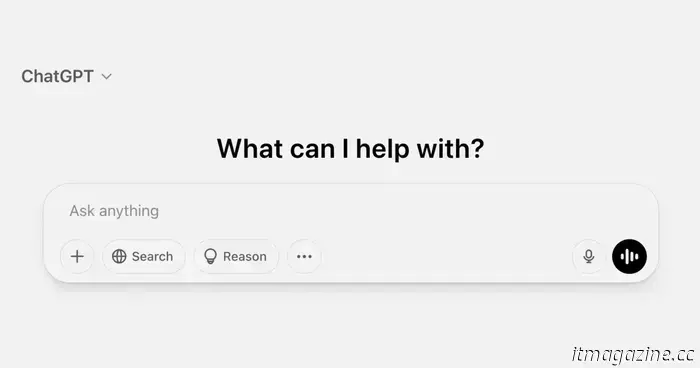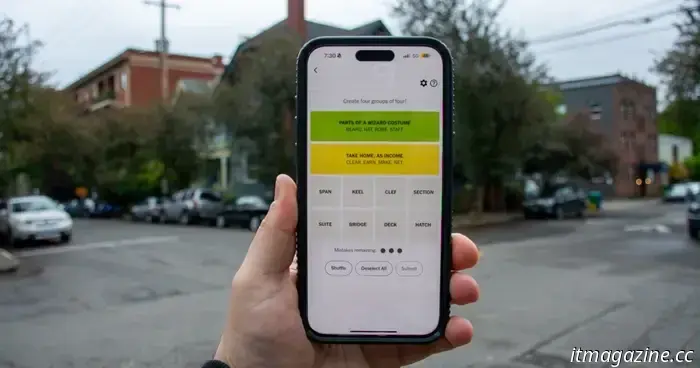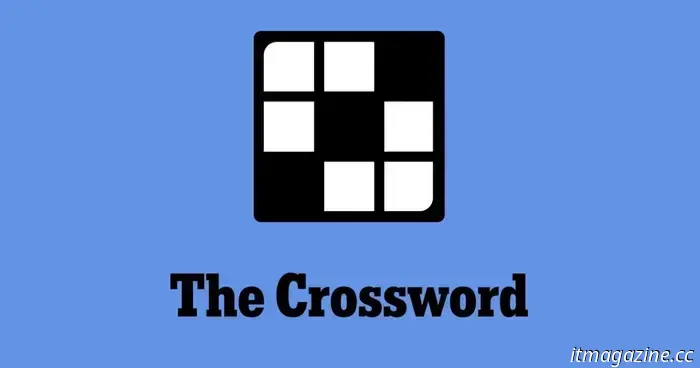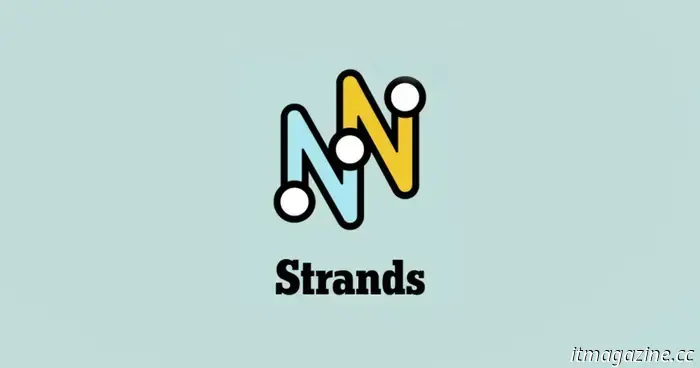
Why using ChatGPT for writing makes things more challenging for me.
I recall when ChatGPT was first introduced, and the immediate response from many was that “Writers are finished.” There was a wave of speculation about news platforms, blogs, and virtually all written online content transitioning to AI-generated material. While I found those concerns to be somewhat exaggerated, I was nonetheless impressed by the capabilities of the text that GPT could generate.
Of course, I had to test the new tool for myself. However, I soon realized that the results weren’t as remarkable as they first appeared. Fast forward over two years, and based on my experiences, nothing has changed: each time I utilize ChatGPT to assist with my writing, it only hinders my progress and leads to frustration.
Why ChatGPT doesn’t suit my needs
ChatGPT can produce some excellent content, generating language that feels natural, cohesive, and even clever. However, many of the standout examples typically arise from very straightforward prompts—like “compose a poem about shopping at Walmart inspired by William Shakespeare”—which had become popular back in 2023.
I genuinely can't adopt a cynical stance toward a technology that achieves this.
When you request something like that, part of what makes the outcome enjoyable is its unexpected nature. You’ve essentially requested it to surprise you, and in many instances, it succeeds.
Conversely, when attempting to use ChatGPT for mundane writing tasks, the experience changes significantly. To begin with, for pieces like this, it's ineffective. Everything I write at present reflects my personal experiences and viewpoints—elements that AI simply cannot replicate. Some may claim it can assist with planning, brainstorming, or fine-tuning arguments, but I've never sought help for those tasks.
The type of work I genuinely attempted with ChatGPT was company blogs—explainers, how-to guides, and recommendation articles concerning the company and its products (with some subtle self-promotion included). Crafting this type of content often involves numerous requirements: a style guide for language and grammar, keywords to include, sources to incorporate and avoid, as well as a content outline with predetermined headings, structure, and key points.
In order to produce usable text, I couldn’t merely offer GPT a one-line prompt and let it go. Instead, I employed a structure that resembled this:
1. An initial “context” prompt detailing what I was writing and the type of requests I would be making, along with an example paragraph to demonstrate the desired language style.
2. Following prompts with “content outlines” that specified a heading or two along with bullet points about what to address.
I made sure not to request too much at once, and since I didn’t trust it to include statistics and sources, I omitted all that with plans to add them myself afterward.
Despite my efforts to break the work down into manageable segments and provide crystal-clear instructions, I consistently encountered the same issues:
1. ChatGPT struggles to follow instructions properly.
2. It often takes things too far.
3. Incorrect or unrelated information frequently creeps into the output.
4. Its “writing style” becomes repetitive and cliched quickly.
5. When any of these problems arise, it’s nearly impossible to get the LLM to successfully revise or correct its output.
Let me elaborate on these points.
1. **Difficulty Following Instructions**
To obtain very specific results from ChatGPT, you must provide exact guidelines. Unfortunately, it seems that the more instructions you include, the more likely GPT is to overlook some of them. My prompts consisted of headings, content bullet points, word counts, formatting requirements, and it needed to retain the style instructions from the beginning of the session. I tried various methods to simplify my requests, but it always felt like ChatGPT couldn’t manage this many inputs.
Two specific aspects I frequently struggled with were word counts and bullet points. The LLM seldom provided the requested word count (usually yielding something well below rather than above), and it did not heed my requests for bullet points.
Sometimes this could be fixed—say I asked for 200 words with bullet points but received 300 words without them. It’s relatively quick to trim down the word count and insert bullet points. Unfortunately, I often found myself with the more challenging issues to resolve.
If you ask for 500 words without bullet points and end up with 200 words containing bullet points, you essentially have to do the bulk of the work yourself.
2. **Tendency to Exceed Expectations**
When you request something specific from ChatGPT, such as a friendly tone or second-person perspective, it tends to latch onto these ideas and exaggerate them.
Friendly language can morph into overly casual chat-style writing filled with emojis, while second-person perspective may lead to an abundance of questions and excessive references to the reader, using “you” repeatedly.
If you want a large quantity of examples or quotes, simply asking for “many,” “plenty,” or “lots” likely results in double or triple what you wanted. Providing an exact figure often leads to


Other articles
 NYT Mini Crossword for today: answers for the puzzle dated Sunday, April 20.
The NYT Mini crossword may be significantly smaller than a standard crossword, but it's still quite challenging. If you're having trouble with today's puzzle, we have the solutions for you.
NYT Mini Crossword for today: answers for the puzzle dated Sunday, April 20.
The NYT Mini crossword may be significantly smaller than a standard crossword, but it's still quite challenging. If you're having trouble with today's puzzle, we have the solutions for you.
 NYT Connections: clues and solutions for Sunday, April 20.
Connections is the latest puzzle game from the New York Times, and it can be pretty challenging. If you require assistance in solving today's puzzle, we're here to support you.
NYT Connections: clues and solutions for Sunday, April 20.
Connections is the latest puzzle game from the New York Times, and it can be pretty challenging. If you require assistance in solving today's puzzle, we're here to support you.
 NYT Crossword: solutions for Sunday, April 20
The crossword puzzle in The New York Times can be challenging, even if it's not the Sunday edition! If you're facing difficulties, we're available to assist you with today’s clues and solutions.
NYT Crossword: solutions for Sunday, April 20
The crossword puzzle in The New York Times can be challenging, even if it's not the Sunday edition! If you're facing difficulties, we're available to assist you with today’s clues and solutions.
 I can suggest the M4 MacBook Air just for its battery life.
The M4 MacBook Air is arguably the quickest laptop in its category, but its ability to deliver outstanding performance along with impressive battery life is truly unmatched.
I can suggest the M4 MacBook Air just for its battery life.
The M4 MacBook Air is arguably the quickest laptop in its category, but its ability to deliver outstanding performance along with impressive battery life is truly unmatched.
 NYT Strands for today: clues, spangram, and solutions for Sunday, April 20.
Strands offers a challenging twist on the traditional word search from NYT Games. If you're having difficulty and can't figure out today's puzzle, we've got assistance and clues for you right here.
NYT Strands for today: clues, spangram, and solutions for Sunday, April 20.
Strands offers a challenging twist on the traditional word search from NYT Games. If you're having difficulty and can't figure out today's puzzle, we've got assistance and clues for you right here.
 Steven Soderbergh asserts that the poor performance of mid-budget films at the box office is "not beneficial for cinema."
The director mentioned that a number of the films that helped shape his career would not even be made today.
Steven Soderbergh asserts that the poor performance of mid-budget films at the box office is "not beneficial for cinema."
The director mentioned that a number of the films that helped shape his career would not even be made today.
Why using ChatGPT for writing makes things more challenging for me.
Many people believe ChatGPT is excellent for writing, but every time I attempt to use it for my tasks, it frustrates me.
